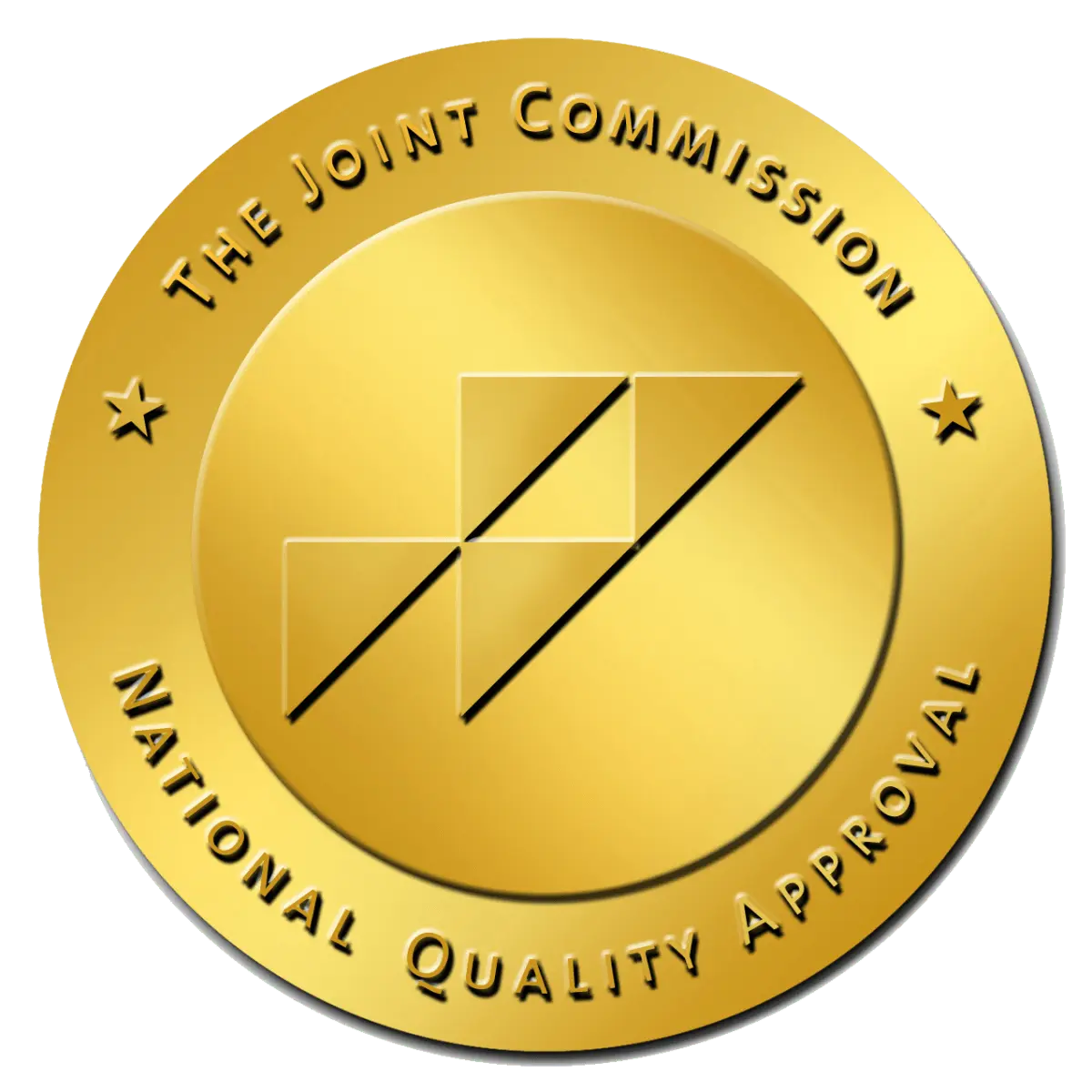Trazadone: Is it an Opioid?
Written by: Michelle Beaupre, PhD, LCSW | Reviewed by: Christian Small, MD
Understanding the medications prescribed for various conditions is crucial, especially when it comes to substances that may be potentially addictive. Trazodone, a medication primarily used to treat major depressive disorder and insomnia, often raises questions due to its sedative properties. Many individuals wonder, “Is trazodone an opioid?” The short answer is no, trazodone is not an opioid. Unlike opioids, which work by binding to opioid receptors in the brain to block pain and produce euphoria, trazodone modulates serotonin levels to improve mood and promote sleep without the high addiction risk associated with opioid addiction.
In fact, the Centers for Disease Control and Prevention (CDC) reports that opioid overdoses led to over 80,816 deaths in the United States in 2021 alone, highlighting the importance of distinguishing between different types of medications. Trazodone is classified as a serotonin antagonist and reuptake inhibitor (SARI), not a controlled substance, making it a safer alternative for those concerned about the risk of addiction. While trazodone can cause dependence if misused, it does not produce the euphoric effects that opioids do, making it a more suitable option for managing depression and insomnia without the high potential for abuse.

What is Trazodone?
Trazodone is a medication primarily used to treat major depressive disorder (MDD) and is also commonly prescribed for insomnia due to its sedative properties. It belongs to a class of drugs known as serotonin modulators, which work by balancing the levels of serotonin in the brain. Serotonin is a crucial neurotransmitter that plays a key role in mood regulation, sleep, and overall emotional well-being. Approximately 17.3 million adults in the United States experienced at least one major depressive episode in 2017, highlighting the importance of effective treatments like trazodone.
Besides its primary use for depression, trazodone is often used off-label for anxiety disorders and chronic pain management, particularly when these conditions are associated with depression. Its ability to enhance serotonin activity without the significant risk of addiction makes it a valuable option in mental health treatment. By improving serotonin levels, trazodone helps alleviate symptoms of depression and anxiety, while also promoting better sleep, thus enhancing overall quality of life for many patients. Additionally, trazodone’s versatility extends to its role in treating insomnia, where it helps individuals achieve restful sleep, a crucial component in managing overall mental health.
Uses of Trazodone
Trazodone is a versatile medication with several important uses in the treatment of various mental health conditions:
Depression
Trazodone is most commonly prescribed for major depressive disorder (MDD). It helps alleviate symptoms of depression, such as persistent sadness, loss of interest in activities, and feelings of hopelessness. By modulating serotonin levels, trazodone improves mood and emotional stability, making it an effective option for individuals struggling with depression. According to the World Health Organization, depression is a leading cause of disability worldwide, affecting over 264 million people.
Anxiety Disorders
Trazodone can also be prescribed off-label for anxiety disorders. Its calming effect on the brain helps reduce symptoms of anxiety, including excessive worry, restlessness, and nervousness. The medication’s ability to enhance serotonin activity makes it beneficial for those with generalized anxiety disorder (GAD) and other anxiety-related conditions.
Insomnia
Due to its sedative properties, trazodone is frequently used to treat insomnia, particularly in individuals who have trouble falling or staying asleep. Trazodone’s effectiveness in improving sleep quality makes it a valuable option for patients with sleep disturbances, which are often linked to other mental health issues. The National Sleep Foundation reports that nearly 30% of adults experience short-term insomnia, highlighting the need for effective treatments like trazodone.
Chronic Pain
Trazodone may also be prescribed off-label to help manage chronic pain, significantly when it is associated with depression or anxiety. Chronic pain can significantly impact the quality of life, and trazodone’s ability to address both pain and the accompanying emotional distress makes it a useful part of a comprehensive pain management plan. It helps reduce pain perception and improve sleep, which chronic pain conditions can disrupt. These diverse applications of trazodone demonstrate its utility in addressing a range of symptoms and conditions, providing relief, and improving the quality of life for many individuals.
How Does Trazodone Work?
Trazodone works by inhibiting the reuptake of serotonin, a neurotransmitter, in the brain. This action increases serotonin levels, which plays a critical role in regulating mood, anxiety, and sleep. By enhancing serotonin activity, trazodone helps improve mood, alleviate anxiety, and promote better sleep.
Mechanism of Action
Serotonin is a chemical messenger that transmits signals between nerve cells in the brain. It is known to influence a variety of psychological and bodily functions, including mood, anxiety levels, and sleep cycles. Trazodone increases the amount of serotonin available in the brain by blocking its reabsorption (reuptake) into neurons. This leads to higher serotonin levels in the synaptic cleft, the space between nerve cells, thereby enhancing its positive effects on mood and anxiety.
Unique Sedative Properties
Unlike many other antidepressants, trazodone has a unique dual action. Besides its role as a serotonin reuptake inhibitor, it also has a significant sedative effect due to its antagonistic activity on histamine (H1) receptors and alpha-adrenergic receptors. This sedative property makes it particularly effective in treating insomnia, as it helps individuals fall asleep more easily and improves sleep quality. The sedative effect of trazodone is beneficial for patients who struggle with sleep disturbances, which are often co-occurring with depression and anxiety.
Overall, trazodone’s ability to modulate serotonin levels while providing a sedative effect makes it a versatile medication for managing a range of symptoms, including depression, anxiety, and insomnia.
Is Trazodone an Opioid?
The short answer is no, trazodone is not an opioid. While it is often confused with opioids due to its sedative properties, trazodone belongs to a completely different class of drugs known as serotonin modulators.
Understanding the Difference
Opioids are a class of drugs that include both prescription pain relievers, such as oxycodone, hydrocodone, and morphine, as well as illegal drugs like heroin. They work by binding to opioid receptors in the brain and spinal cord, blocking pain signals and producing a feeling of euphoria. Opioids are highly effective for pain relief but carry a significant risk of addiction, overdose, and severe side effects. Unlike trazodone, some medications, such as Adderall, are often confused for opioids due to their effects on the brain, but Adderall is not an opioid.
Trazodone’s Classification
In contrast, trazodone is classified as a serotonin antagonist and reuptake inhibitor (SARI). It works by increasing the levels of serotonin, a neurotransmitter that regulates mood, sleep, and anxiety, without interacting with opioid receptors. Trazodone is primarily used to treat major depressive disorder and insomnia, and it is also prescribed off-label for anxiety and chronic pain management. While trazodone has sedative properties that can help with sleep, it does not produce the euphoric high associated with opioids and has a much lower potential for abuse and addiction. Similar to the confusion around trazodone, there is often a question, is ketamine an opioid? Like trazodone, ketamine is not classified as an opioid but has different medical uses and effects.
By understanding the fundamental differences between trazodone and opioids, individuals can make more informed decisions about their medications and treatment options. Trazodone offers a safer alternative for managing depression, anxiety, and sleep disorders without the risks associated with opioid use.
Differences Between Trazodone and Opioids
- Mechanism of Action: Trazodone works by affecting serotonin levels, whereas opioids target opioid receptors in the brain.
- Primary Use: Trazodone is primarily used to treat depression and insomnia, while opioids are primarily used for pain relief.
- Addiction Potential: Trazodone has a lower potential for addiction compared to opioids. While it can cause dependence if misused, it does not produce the same euphoric effects that opioids do.
- Regulation: Opioids are classified as controlled substances due to their high potential for abuse and addiction. Trazodone, on the other hand, is not classified as a controlled substance.
Understanding the long-term effects of opioids is crucial, as they can lead to severe addiction and health issues. Trazodone, however, does not carry the same risk profile.
Side Effects of Trazodone
Like any medication, trazodone can cause side effects. Common side effects include:
- Drowsiness
- Dizziness
- Dry mouth
- Nausea
- Headache
- Blurred vision
In rare cases, trazodone can cause more serious side effects, such as:
- Priapism (a prolonged and painful erection)
- Irregular heartbeat
- Severe dizziness or fainting
- Allergic reactions
If you experience any severe side effects, it is important to seek medical attention immediately.
Trazodone in Substance Abuse Treatment
At Villa Oasis, we understand the complexities of substance abuse and the importance of comprehensive treatment. Trazodone can be a valuable tool in managing specific conditions that co-occur with substance abuse, such as depression and insomnia.
Detoxification
During the detox process, individuals may experience a range of withdrawal symptoms, including insomnia and anxiety. Trazodone can be prescribed to help manage these symptoms, promoting better sleep and reducing anxiety levels.
Residential Treatment
In a residential treatment setting, trazodone may be used as part of a comprehensive treatment plan. This plan typically includes therapy, counseling, and other medications as needed to address the individual’s unique needs.
Outpatient Treatment
For individuals in outpatient treatment, trazodone can continue to play a role in managing depression and insomnia. Regular check-ins with healthcare providers ensure that the medication is working effectively and that any side effects are monitored.
Sober Living
In sober living environments, maintaining mental health and well-being is crucial for long-term recovery. Trazodone can support this by helping individuals manage their mood and sleep, contributing to a more stable and healthy lifestyle.

Addiction Treatment at Villa Oasis
Understanding the medications prescribed for various conditions is essential to managing your health. Trazodone is a valuable medication for treating depression, anxiety, and insomnia, but it is not an opioid. By understanding the differences between trazodone and opioids, individuals can make informed decisions about their treatment.
At Villa Oasis, we are committed to providing comprehensive care for individuals struggling with substance abuse. Our detox, residential, outpatient, and sober living programs are designed to address the unique needs of each individual, incorporating medications like trazodone when appropriate to support mental health and recovery.
If you or a loved one is grappling with substance abuse, reach out to Villa Oasis. Our team of experienced professionals is here to help you navigate the journey to recovery with compassion and expertise.

